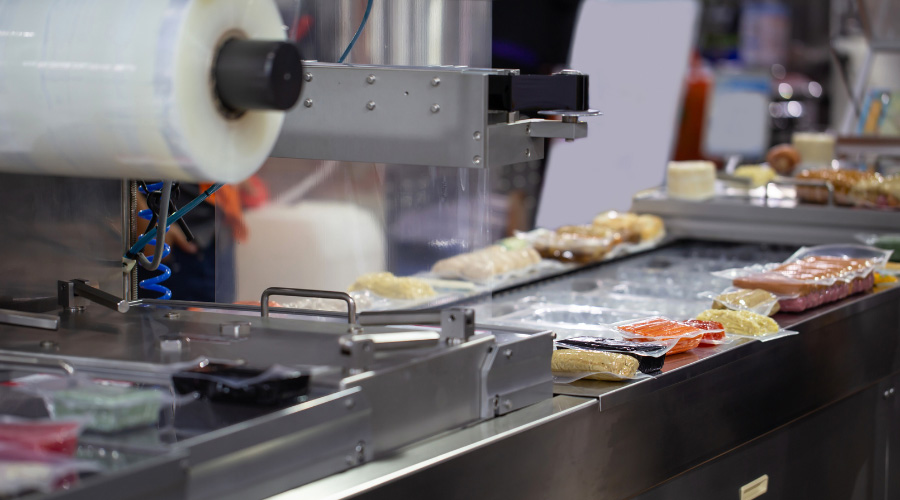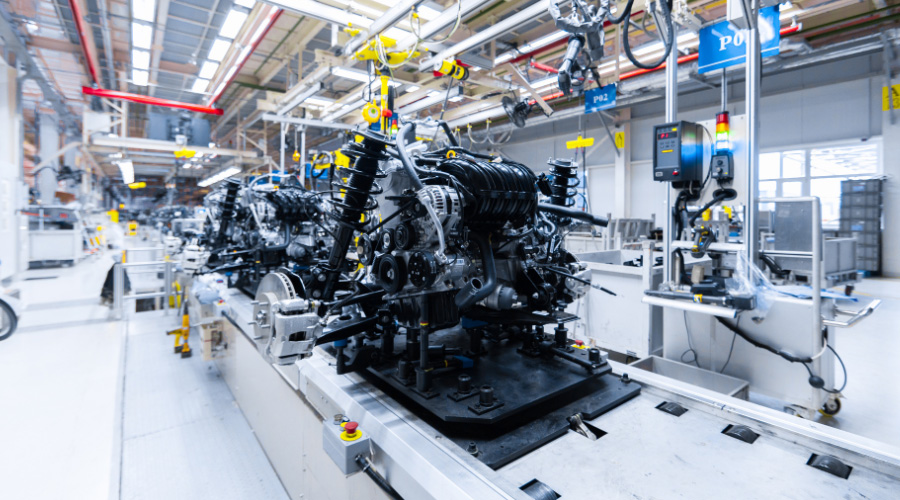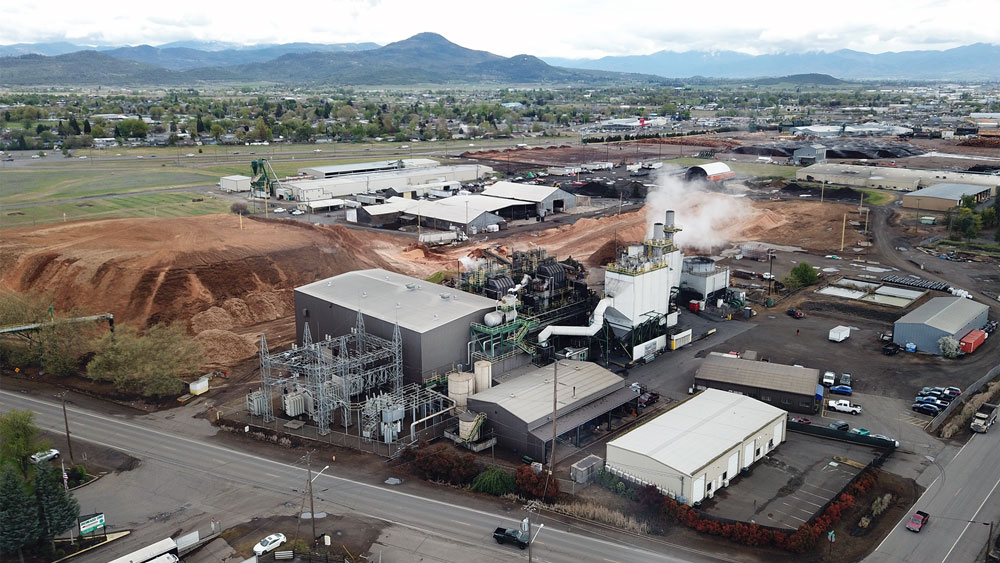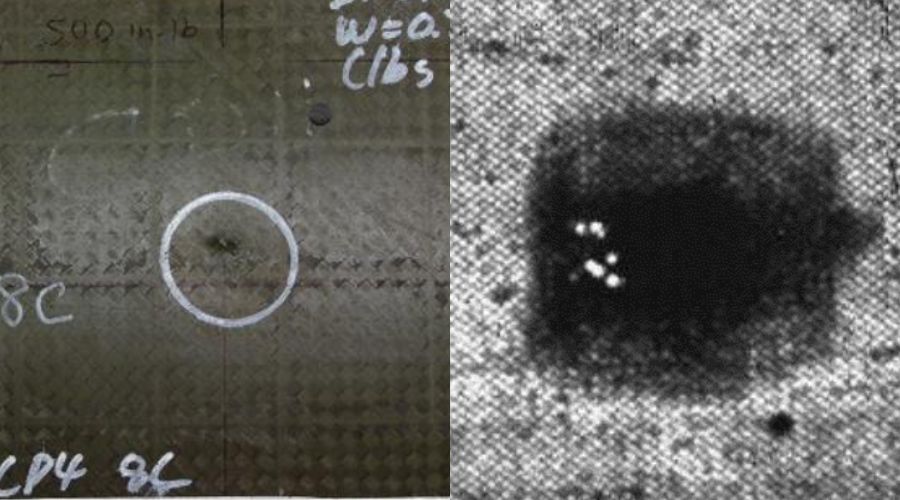
Thermal Infrared Imaging Explained
Thermal infrared imaging requires the use of special cameras (IR cameras). The imaging sensors in these cameras are sensitive to wavelengths in the infrared region of the electromagnetic spectrum.
Thermal infrared imaging is also referred to as “non-visible” imaging, since the infrared spectrum is not visible to the human eye. This article explains the infrared imaging spectrum and the different types of available infrared cameras and detectors used to make the invisible – visible.
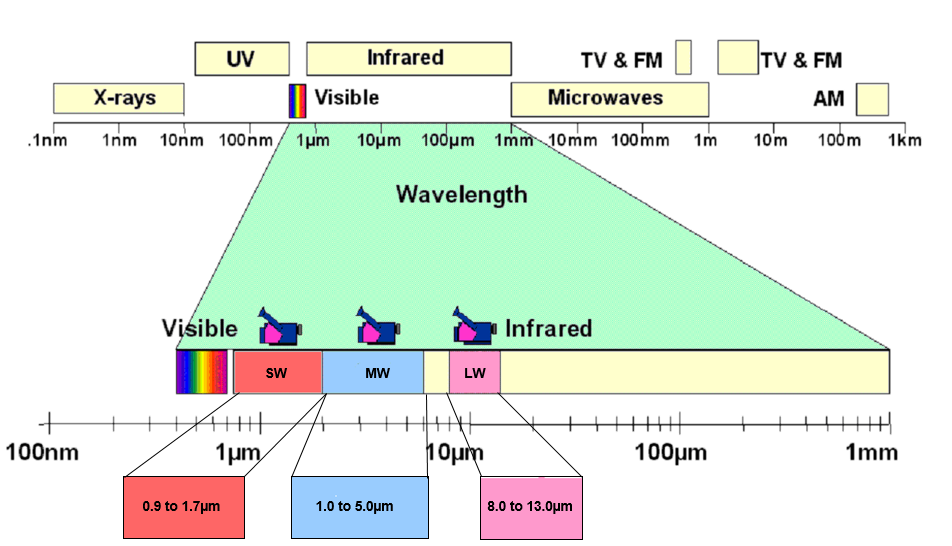
Infrared Spectrum
Infrared Spectrum
The above illustration, from left to right, shows the visible spectrum (400nm to 700nm). That is the spectrum that we can perceive as humans with our eyes. As the wavelengths become longer, we enter the near infrared (NIR) and shortwave infrared (SWIR) region 0.9µm to 1.7µm. The segmentation in the above spectrum is based on the spectral sensitivity of the infrared camera sensors used for thermal infrared imaging.
You may find a different segmentation of the infrared spectrum in general physics literature for that reason. Adjacent to the SWIR spectral band is the midwave infrared (MWIR) band.
The extended MWIR band spans from 1µm to 5µm. The MWIR region is followed by a gap that isn’t covered from 5µm to 8µm. This gap is due to very strong atmospheric attenuation in that region.
H2O and CO2 molecules tend to attenuate the infrared radiation significantly in that region. Hence, that band is not as useful for thermal infrared imaging. Then further to the right is the longwave infrared region (LWIR). It spans from 8µm to 13µm and sometimes 14µm.
To recap, there are infrared cameras or thermal imaging cameras available with special detectors for the SWIR, MWIR and LWIR bands. Each one of these cameras have their own special thermal imaging systems that they are good for.
The majority of all thermal cameras sold and used today, operate in the LWIR band. These LWIR detectors are also called micro-bolometer detectors, or short µbolo. These detectors actually do not measure photons. Instead, they convert infrared radiation to a change in electrical resistance in their detector elements.
Cameras with Micro-Bolometer Detectors
Micro-Bolometer Pixel
Micro-Bolometer Pixel
The illustration above depicts a single pixel in a micro-bolometer detector of a thermal camera. The pixel size is 25µm x 25µm. The pixel has thin connection leads to reduce thermal bleed pixel element to the substrate below. Thousands of these pixels are working in conjunction to form a thermal image in a thermal camera of this type.
One drawback of this detector type is the fixed integration time. The integration time, also referred to as the exposure or shutter time in visible camera, is the time it takes a pixel to produce a useful conversion. The pixel converts infrared radiation (heat) into a change in resistance of the pixel. The connected read out electronics then converts the change in resistance into a voltage and in turn into a temperature reading for a radiometrically calibrated camera.
Some thermal cameras used for surveillance or night vision may not be able to measure absolute temperature. These type of cameras are lacking the radiometric calibration and supporting electronic.
Example cameras that contain these type of detectors are the FLIR AX8, FLIR A35, FLIR A65, FLIR A310, FLIR A315, FLIR A615 and many handheld cameras. The detectors of these camera actually are made from a MEMS device and contain miniature thermocouple elements as their pixels. It takes a finite time to warm up the pixels. Typically between 8ms to 12ms, depending on detector type.
The materials used for these detectors are either Vanadium Oxide (VOX) or Amorphous Silicon (a-Si). These type of cameras are relatively inexpensive and range from $1,000 to $20,000 or above.
The pixel resolution of these cameras (or infrared thermal cameras in general) is still relatively low. Resolutions range from 80 x 60 pixels to 1.2Mp at the date of this article. A camera without calibration can only display relative hot/cold image information.
Cameras with Photon Based Detectors
Higher-end infrared cameras come with a semiconductor detector that is capable of converting photons into electrical signals. Detectors are available for all thermal bands. (SWIR, MWIR and LWIR).
These detectors are made from exotic materials and are very expensive to manufacture. Hence, cameras of this type are more expensive than their micro-bolometer counterparts. These detectors are extremely sensitive and therefore need to be cooled.
Shortwave Infrared Cameras – SWIR
These cameras have a photon converting detector made from Indium Gallium Arsenide (InGaAs). The cooling methods for these cameras range from non-cooled, thermo-electric cooled (single, double, triple stage) to cryogenically cooled for high-end scientific grade cameras. These detectors are sensitive in the 0.9µm to 1.7µm region.
Typical applications range from spectral imaging for agriculture, plastic inspection, enhanced night vision to ultra-high temperature furnace monitoring or laser weld inspection. These cameras still see a significant amount of reflected light and only start to see true thermal effects at higher surface temperatures. An example camera is the FLIR A6260sc.
Midwave Infrared Cameras – MWIR
MWIR cameras use a detector made from Indium Antimonide (InSb). These are exclusively cryogenically cooled. Modern cameras have therefore a Stirling cooler built into the camera body and do no longer require external cooling gas.
These cameras are great for taking thermal measurements rapidly fast. Since their detector is photon based, integration times of usec or msec can be achieved.
These detectors are capable of detecting temperature changes in the 0.018mK range. MWIR cameras have a very wide application range. To list a few examples: Optical Gas Imaging, Precision, high-speed temperature measurements, Military applications, Automated Thermal Imaging, Plastic Film Inspection, Microscopy etc. An example camera is the FLIR A8300sc series.
Longwave Infrared Cameras – LWIR
Camera in this category used to be equipped with a HgCdTe or Mercury Cadmium Telluride detector. These heat sensor camera detectors are extremely expensive, pushing camera prices beyond $150,000. These detectors are also very non-linear, making these cameras difficult to calibrate and work with.
A new detector technology has made its way into the market. The SLS or Super Lattice Structure detector. It is not quite as sensitive as the HgCdTe detector, but much less expensive and much more linear.
These type of cameras come into play, if the longwave infrared region is of interest to the application, but a faster integration time and more sensitivity is required. An example camera is the FLIR A6750SLS.
Example Application for Thermal Infrared Imaging

Thermal Imaging of Printed Circuit Board
The image above is a thermal image taken with a microbolometer camera type. The bar on the right hand side indicates the temperature range of the thermal image. The orange color indicates a hot component – in this case a resistor. The rest of the circuit board is blue in color, associated with a much colder temperature.
Printed circuit board inspection is a very common use for thermal imaging. It allows the visualization of temperature. In other words, it allows for a non-contact method of temperature measurement.
Using a thermal camera for printed circuit board inspection can aid with troubleshooting as well as thermal design for thermal management in board design. In addition to a thermal camera, the user will also need a capable thermal imaging software to support the effort.
Thermal Infrared Imaging Cameras do not rely on external illumination. They can “see” heat and can be very useful wherever non-contact temperature measurements are of interest.
If you need help with selecting the right camera for your next application, please do not hesitate to contact us with any of your question regarding thermal or infrared imaging!
About MoviTHERM:
MoviTHERM – Advanced Thermography solutions was founded in 1999. The company offers solutions for plastic welding, package sealing, and non-destructive testing. In addition, MoviTHERM provides IoT Cloud monitoring solutions for thermal imaging applications for early fire detection, machine condition monitoring, and other applications. MoviTHERM is a Teledyne FLIR Premium Partner and master distributor for FLIR Thermal Cameras for automation and science applications.

